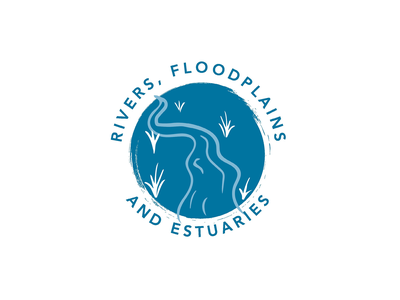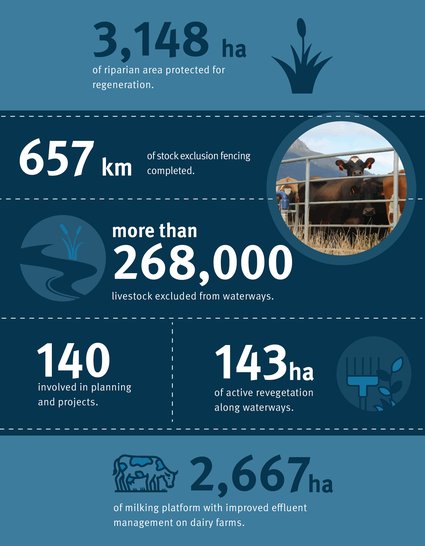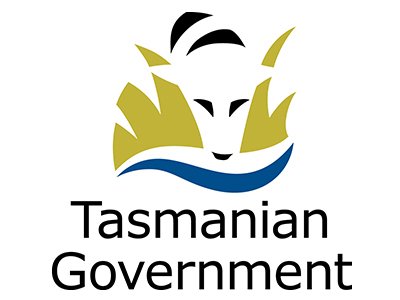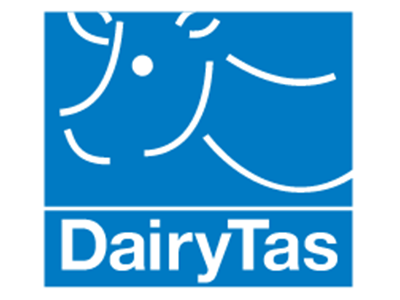RHAP Catchment Works Program
NRM North was selected as the preferred provider to deliver the Tamar Estuary River Health Action Plan – Catchment Works Program. The program provided funding to support a range of activities to improve water quality by reducing pathogen concentrations from reaching the Kanamaluka / Tamar estuary. The program achieved this by excluding grazing and dairy stock from waterways within the catchment, improving effluent management on dairy farms, and investigating and mitigating cross-connections in Launceston’s separated stormwater system.
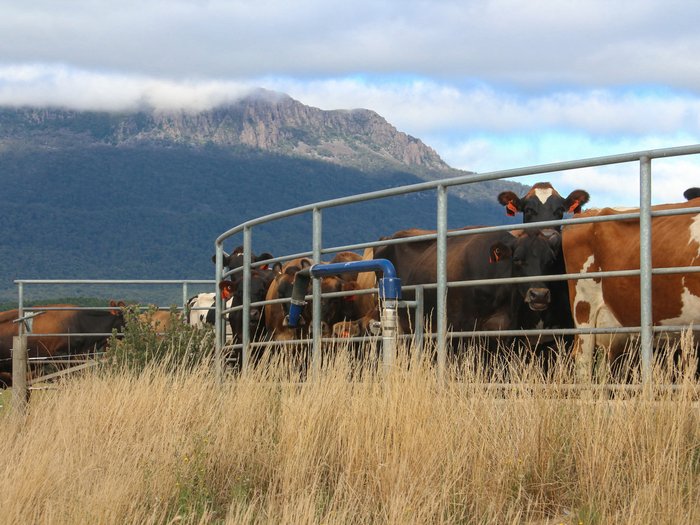
Focus
Focus
The RHAP – Catchment Works Program provided funding through Tamar Action Grants to support grazing and dairy landholders with the installation of stock exclusion fencing along waterways, revegetation and associated weed management, installation of alternative stock water and stock crossings, and effluent management upgrades on dairy farms.
Investments for dairy effluent projects included innovative management approaches, effluent designs, extension of effluent storages and effluent irrigation areas, as well as an effluent extension program to build the capacity and skills within the industry.
The RHAP – Catchment Works Program also provided funding through the Sewage Intrusion Program to investigate and mitigate sewage intrusions into Launceston’s separated stormwater systems to reduce pathogens entering the estuary.
In summary, working with dairy and grazing industries and councils, the RHAP – Catchment Works Program aimed to reduce pathogens in the estuary by:
- excluding stock from waterways
- rehabilitating riparian revegetation buffers on dairy and grazing farms
- improving effluent management on dairy farms
- removing sewage intrusions from Launceston’s separated stormwater systems
The Catchment Works Program built on the work previously undertaken by NRM North through the development of a Tamar Estuary Water Quality Improvement Plan (WQIP).
Achievements
- - - - - - - - - - - - - - - - - - -
Revegetation works stabilise banks at Oatlands property - Case Study
Revegetation works stabilise banks at Oatlands property - Case Study
Dougal Morrison runs around 18,000 sheep, 19,600 lambs, 400 cattle and 360 calves on his 7,900 ha property at Oatlands. The farm has been in his family since 1825, and he took over management three years ago. Blackmans Creek, which runs through the property, was only partially fenced and Dougal observed areas of bank erosion along the waterway and a decrease in biodiversity.
To address this, Dougal has fenced 4,100 m of Blackmans Creek to exclude stock access to provide protection for the 5,100 stems scheduled for planting this winter. Once established, the revegetation will help stabilise bank erosion, build resilience to flood events, and increase biodiversity and habitat values for years to come.
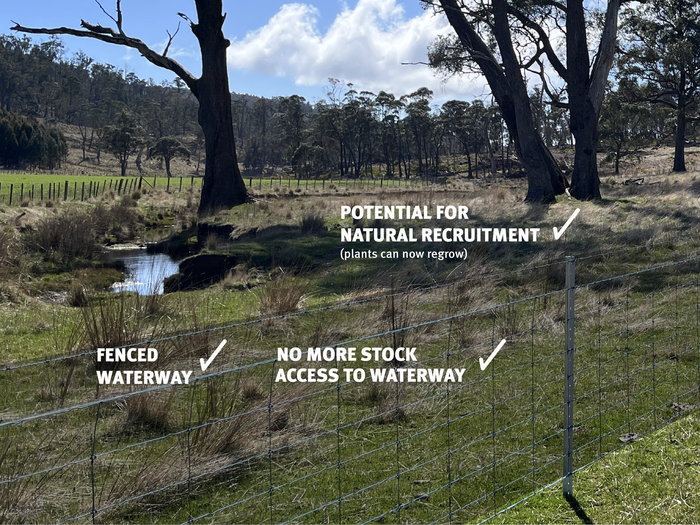
Fencing and revegetation works go a long way to improving biodiversity and stabilising banks.
"Support from NRM North made our goal to enhance biodiversity along the watercourse more achievable."
Partners
This project was funded through the kanamaluka / Tamar Estuary River Health Action Plan, an initiative of the Launceston City Deal. ‘Working together for a healthy estuary'.
Partners
This project was funded through the kanamaluka / Tamar Estuary River Health Action Plan, an initiative of the Launceston City Deal. ‘Working together for a healthy estuary'.
